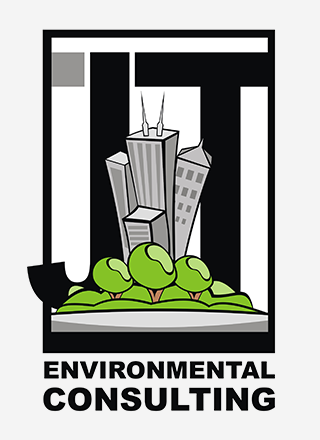Environmental reports are essential for providing an overview of what a property contains through prior uses and interactions. Let our specialists do the work for you, and explain in detail what your new or current property site may contain.
Phase I
The purpose of this practice is to conduct an environmental site assessment of a parcel of real estate (mostly commercial) with respect to the range of contaminants that may be relevant and contained within the property. As such, this practice is intended to permit a user to satisfy one of the requirements to qualify for the innocent landowner, contiguous property owner, or bona fide prospective purchaser limitations on CERCLA liability if any petroleum products are found on said site.
Additionally, an evaluation of an owner's environmental risk associated with a certain parcel of real estate may necessitate investigation beyond that identified in this practice, which would lead to a Phase II assessment.
Phase II
If a Phase I yields results that require further investigations, a Phase II assessment is performed. This site assessment of a property will deal with issues in respect to the potential presence of a range of contaminants. Testing of such materials would then take place to further asses the true risks of any contaminants that were found onsite.
Phase III
If a Phase II was needed, and conducted on a site, the results of any foreign materials or contaminants found to be harmful to the environment must be removed safely and quickly. Phase III assessments ensure that any contaminated site/brownfield shall be made environmentally sound through remedial measures. All hazardous materials shall be removed and disposed of in a proper and safe manner.
Which laws are new? How can your site become contaminant free? Is your company properly complying with all applicable laws? All of these issues can be addressed and corrected.
RBCA
Refers specifically to the standard that was published by the American Society for Testing and Materials (ASTM) Subcommittee on Storage Tanks. The ASTM standard is one example of how risk-based decision-making can be incorporated into UST corrective action programs in a manner consistent with EPA policies and regulations.
The main goals of the RBCA include: the protection of human health and the environment, practical and cost-effective application of risk-based decision-making, as well as consistent and technically-defensible administrative process.
Our certified consultants can also provide both downstream and upstream vendor approval through verification and on-site auditing.









